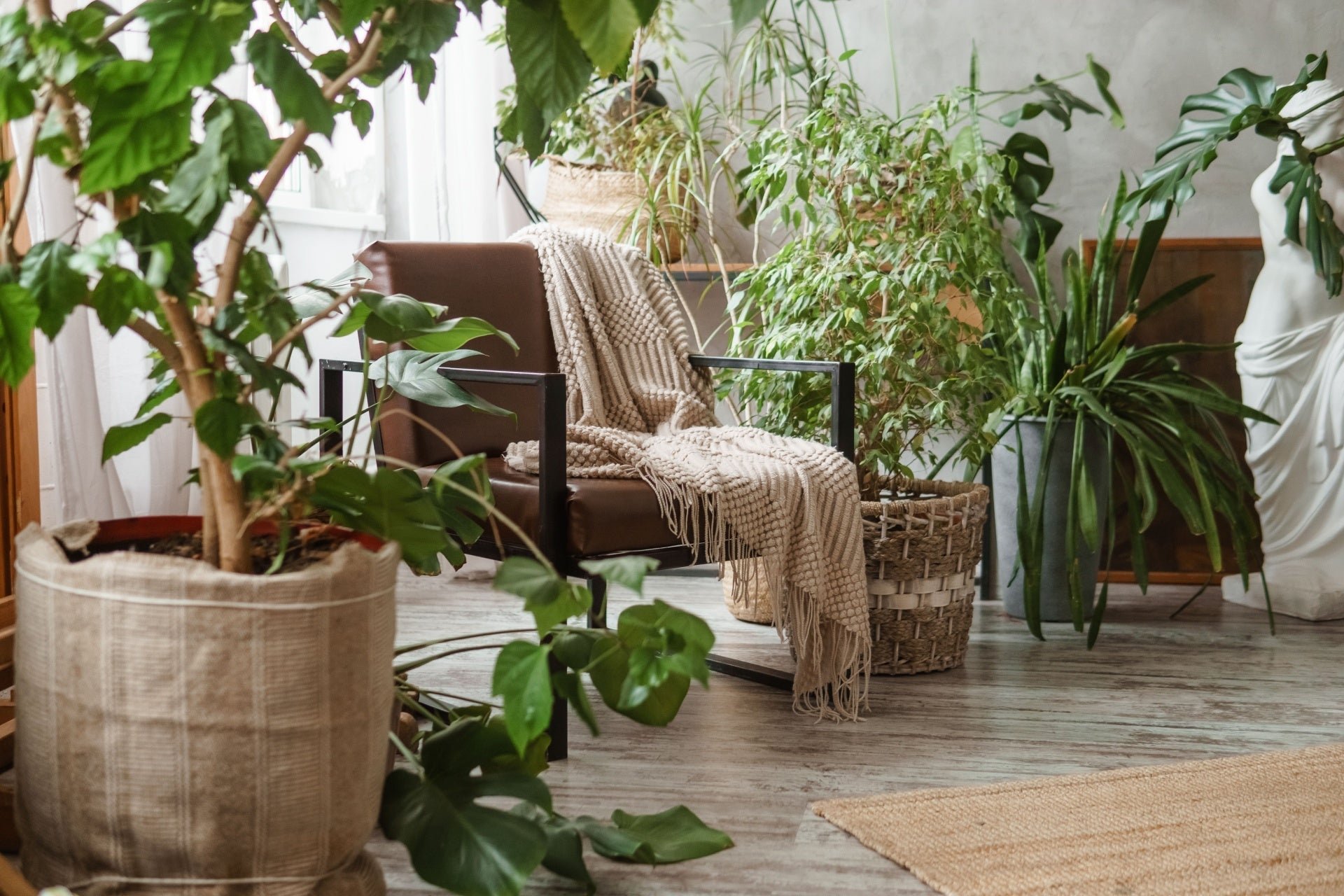
Office greenery isn’t just décor—it’s therapy. The article shows how houseplants, outdoor breaks, zen gardens, shared veggie beds, and team volunteer projects can weave horticultural wellness into ...
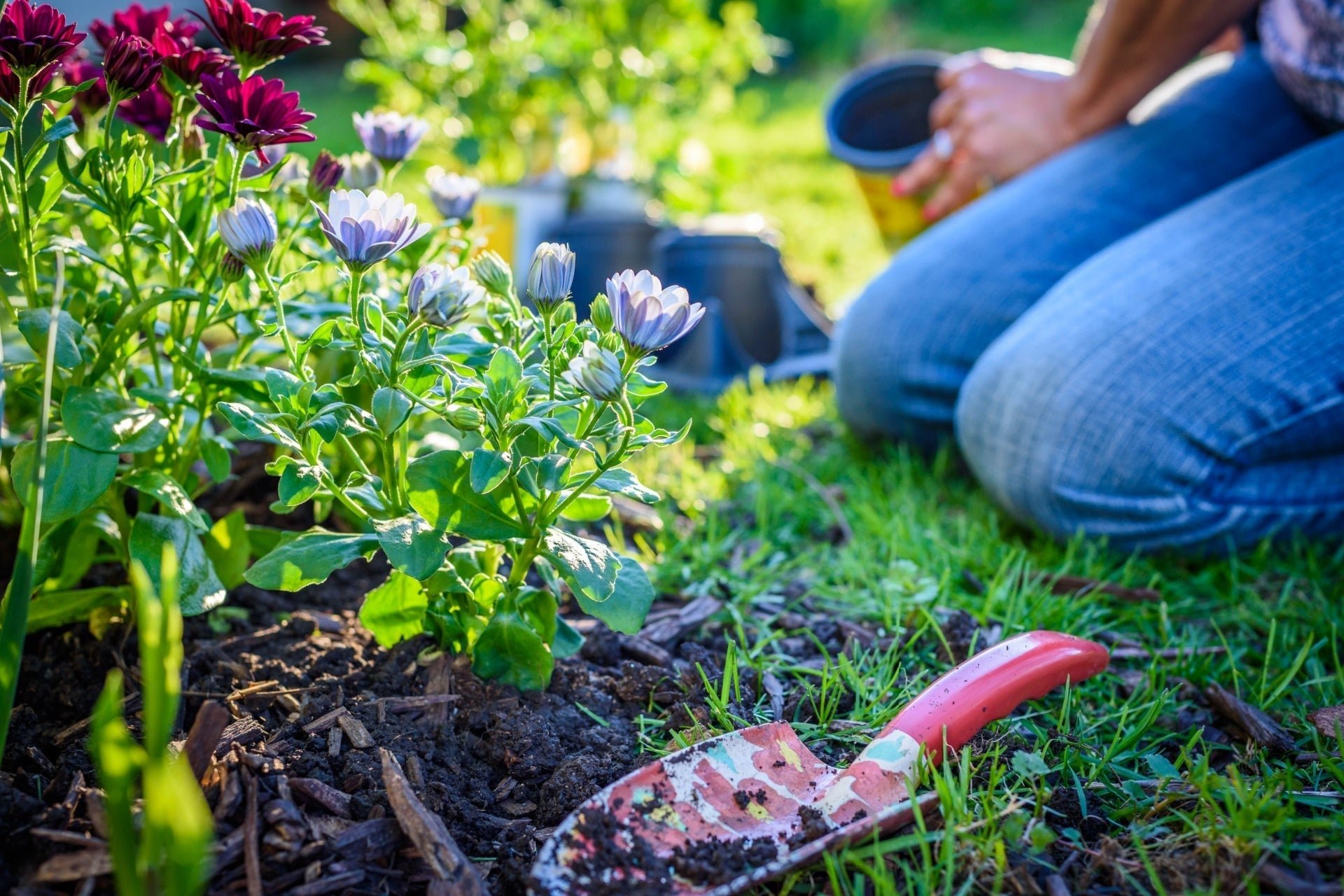
Mulch is more than decoration—it locks in moisture, insulates roots, suppresses weeds, enriches soil as it decays, and instantly neatens beds. Use wood or leaf mulch that suits your plants, and app...
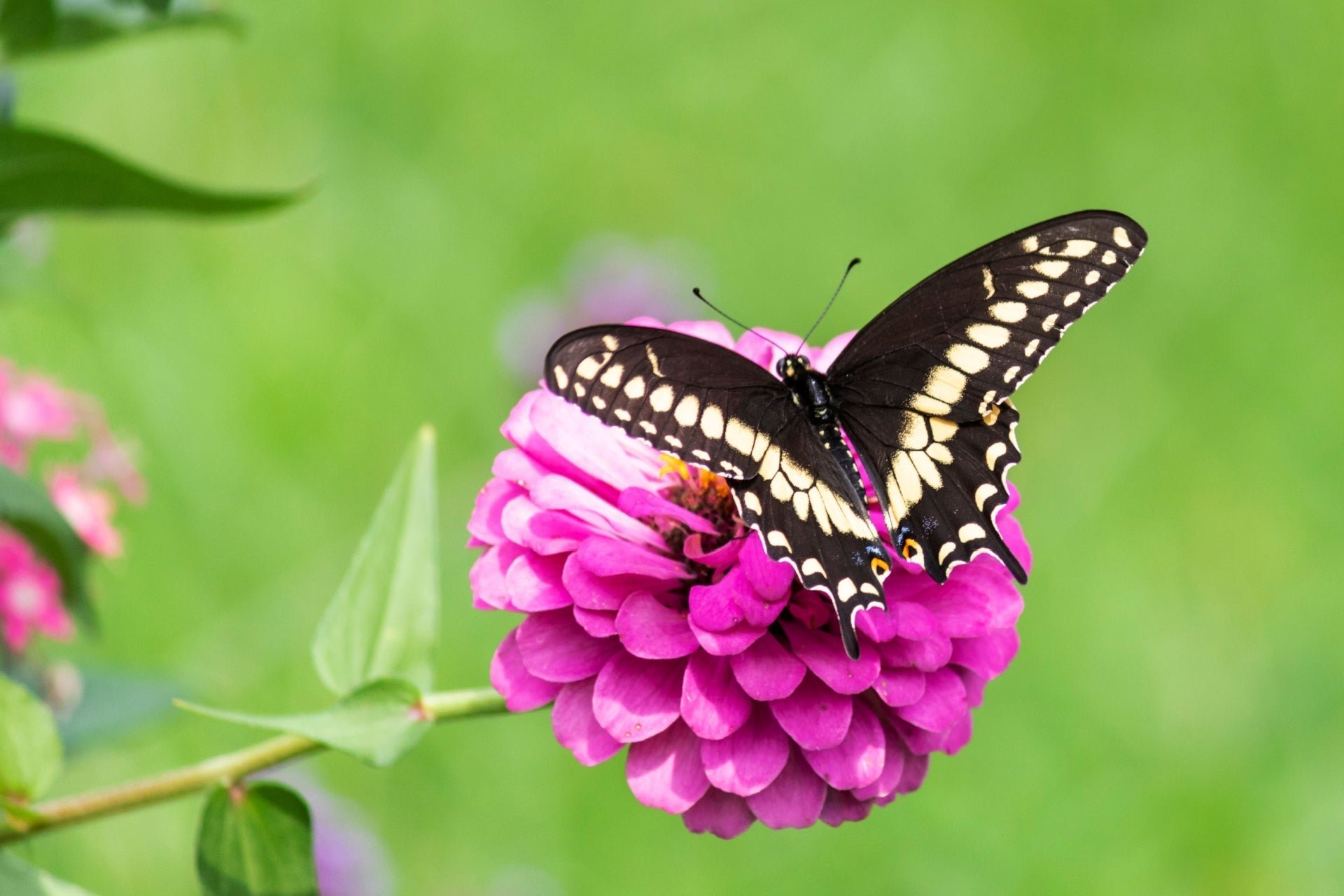
In nature, there are plants blooming all season to provide plenty of food for diverse pollinator species. On the other hand, in many yards and gardens there are times of the year when there are ve...
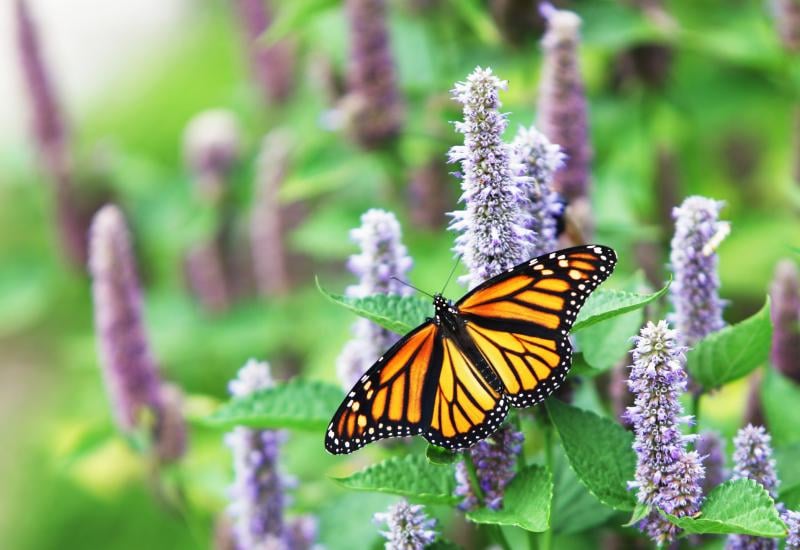
Creating a happy and healthy ecosystem with native plants is a pollinator fantasy. You can do this from the comforts of your own back yard with native plants. TN Nursery has a vast supply of plant ...
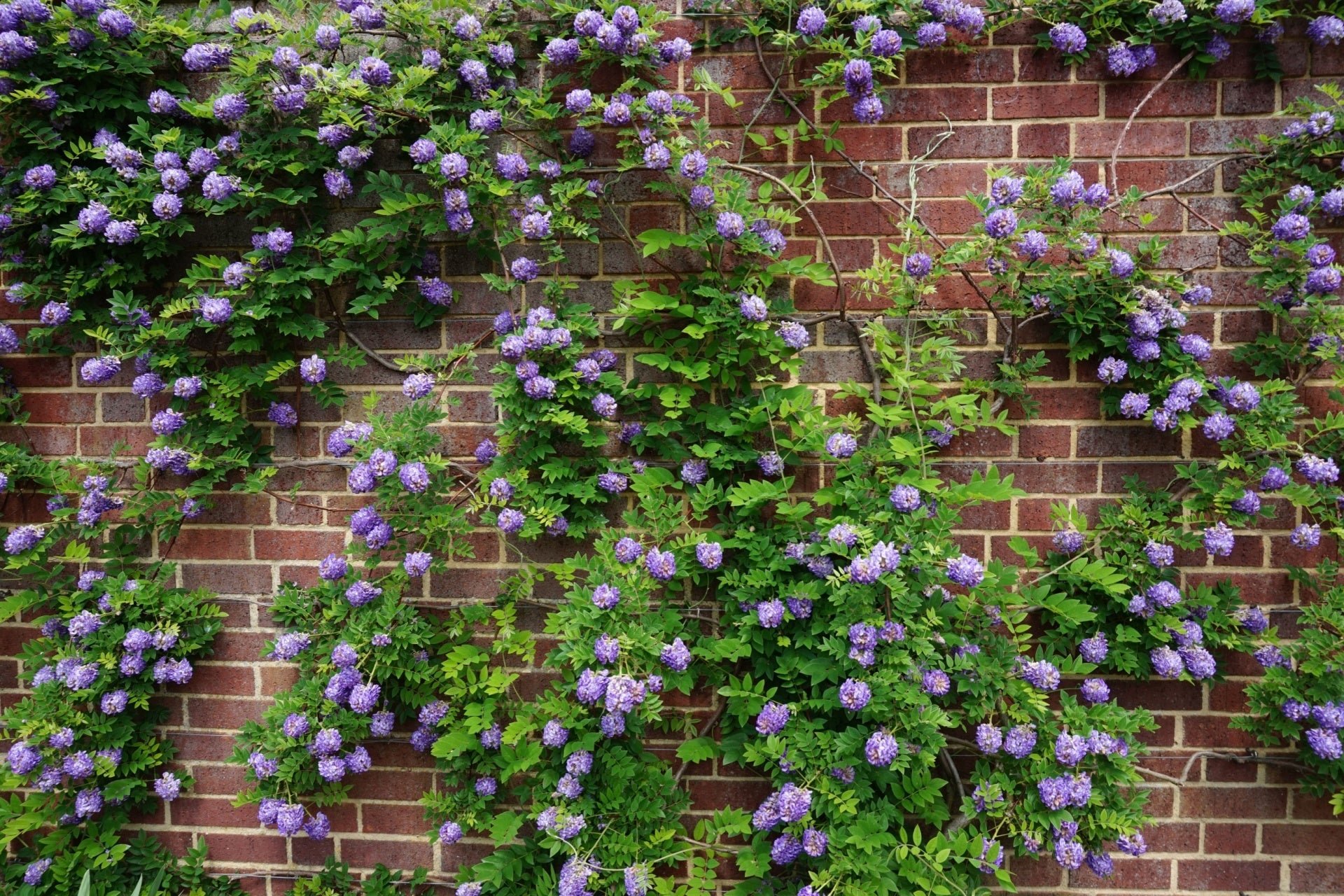
When we admire a lush garden or a thriving houseplant, our eyes are drawn to glossy leaves, colorful blooms, and vigorous stems. Yet, the real magic happens beneath the surface, where roots quietly...
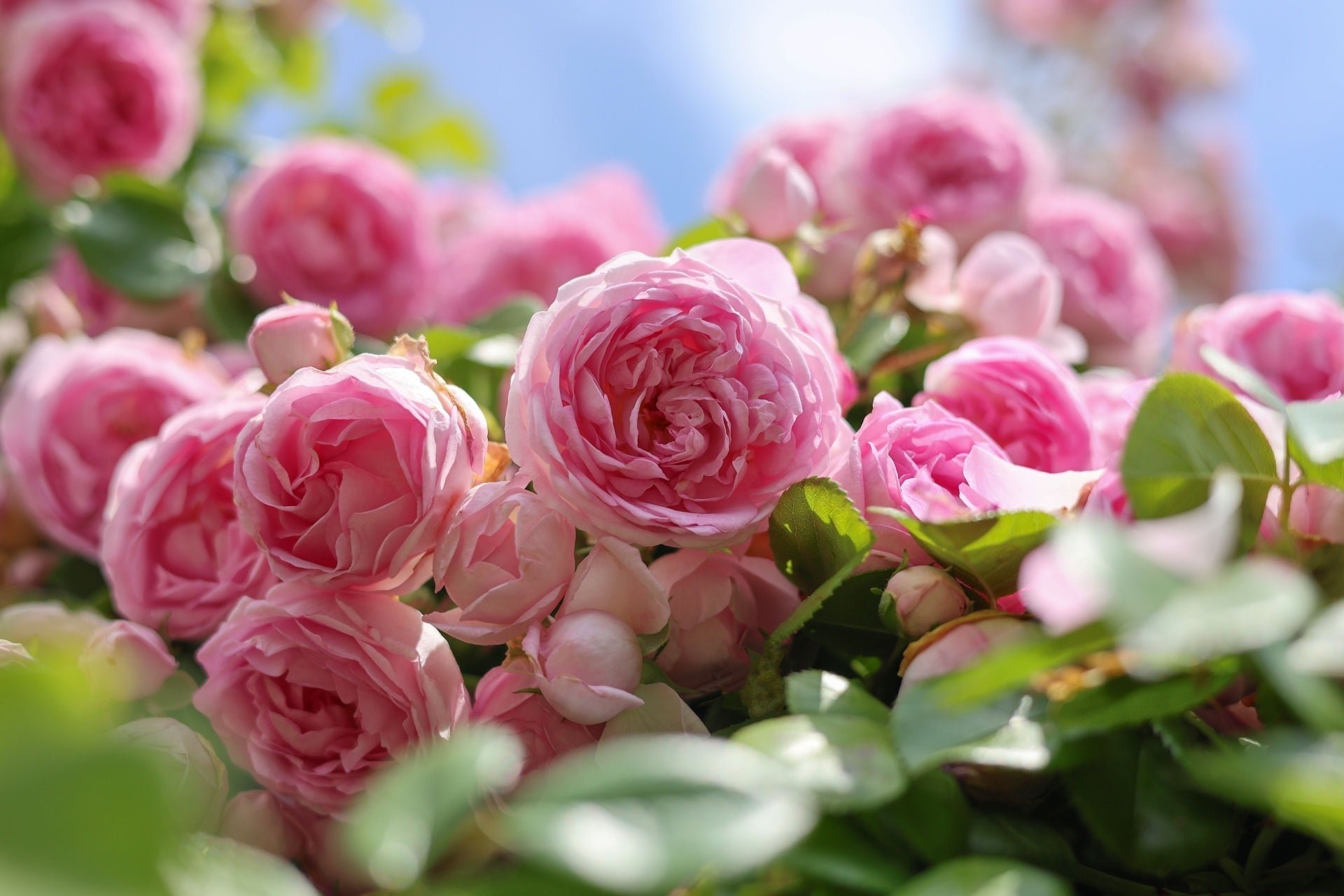
My mom loves roses. My dad always grew some for her. I remember going outside and smelling them, watching the bees swarm them, and getting stuck by the thorns when I was careless. Many modern roses...
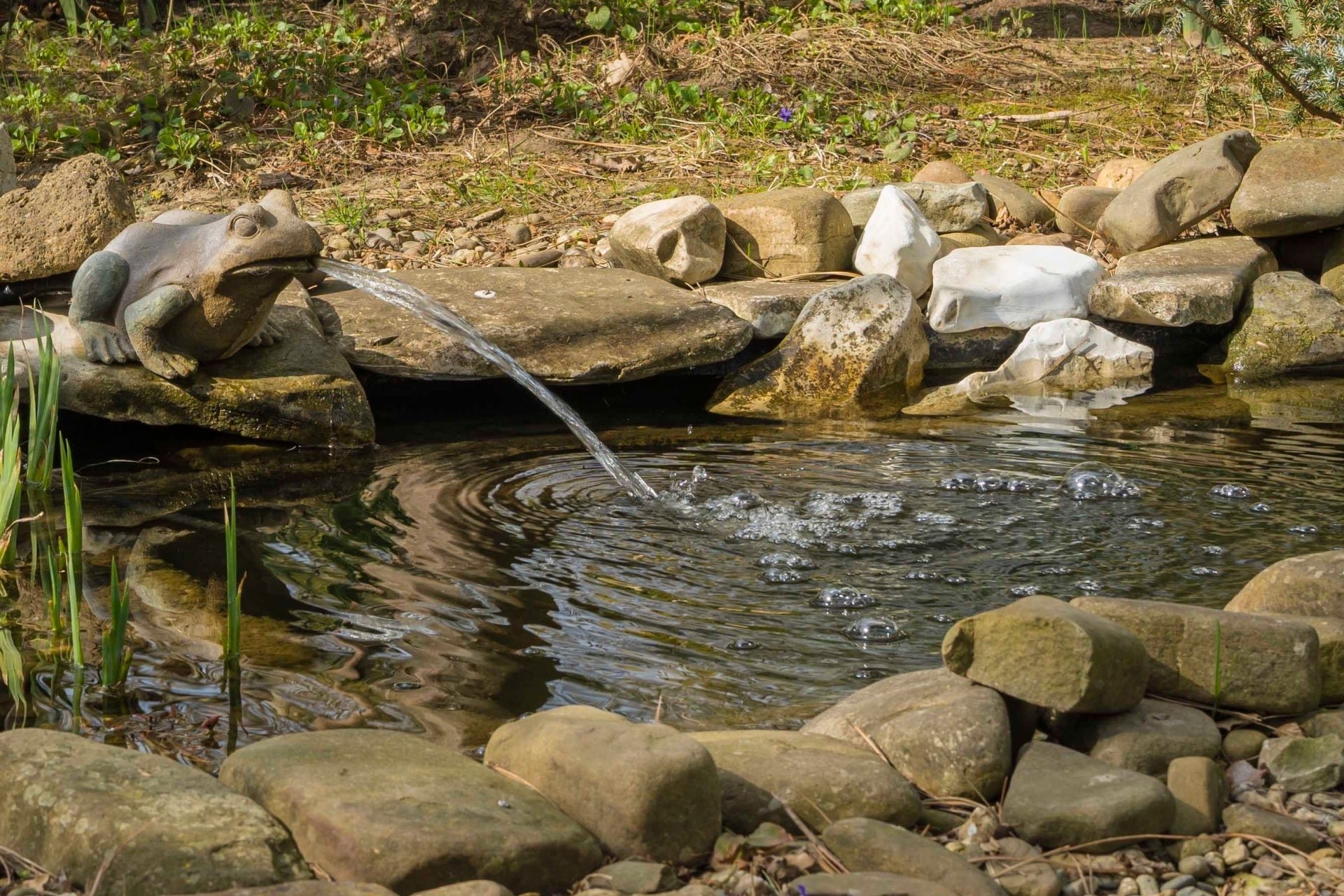
Nothing is as soothing as the quiet burbling of a fountain or stream. With a little planning, you can install a water feature of some sort in any garden.
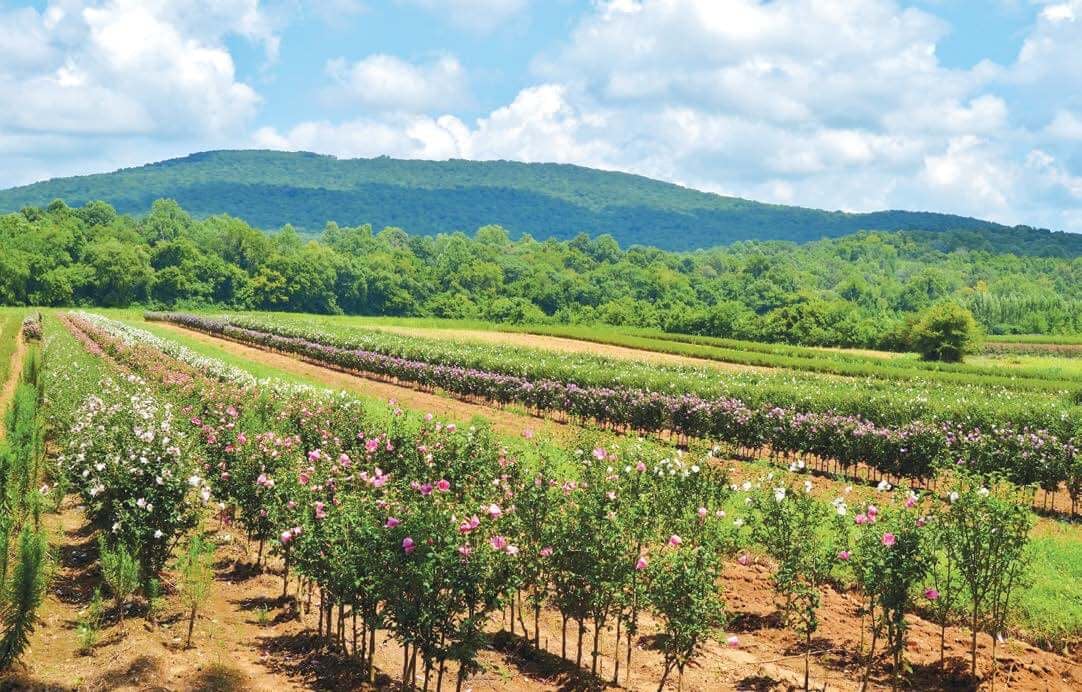
When you design and install your garden, it is human nature to want it to look perfect immediately. Plants, however, move on a slower time scale than humans. Designing a sustainable garden requires...
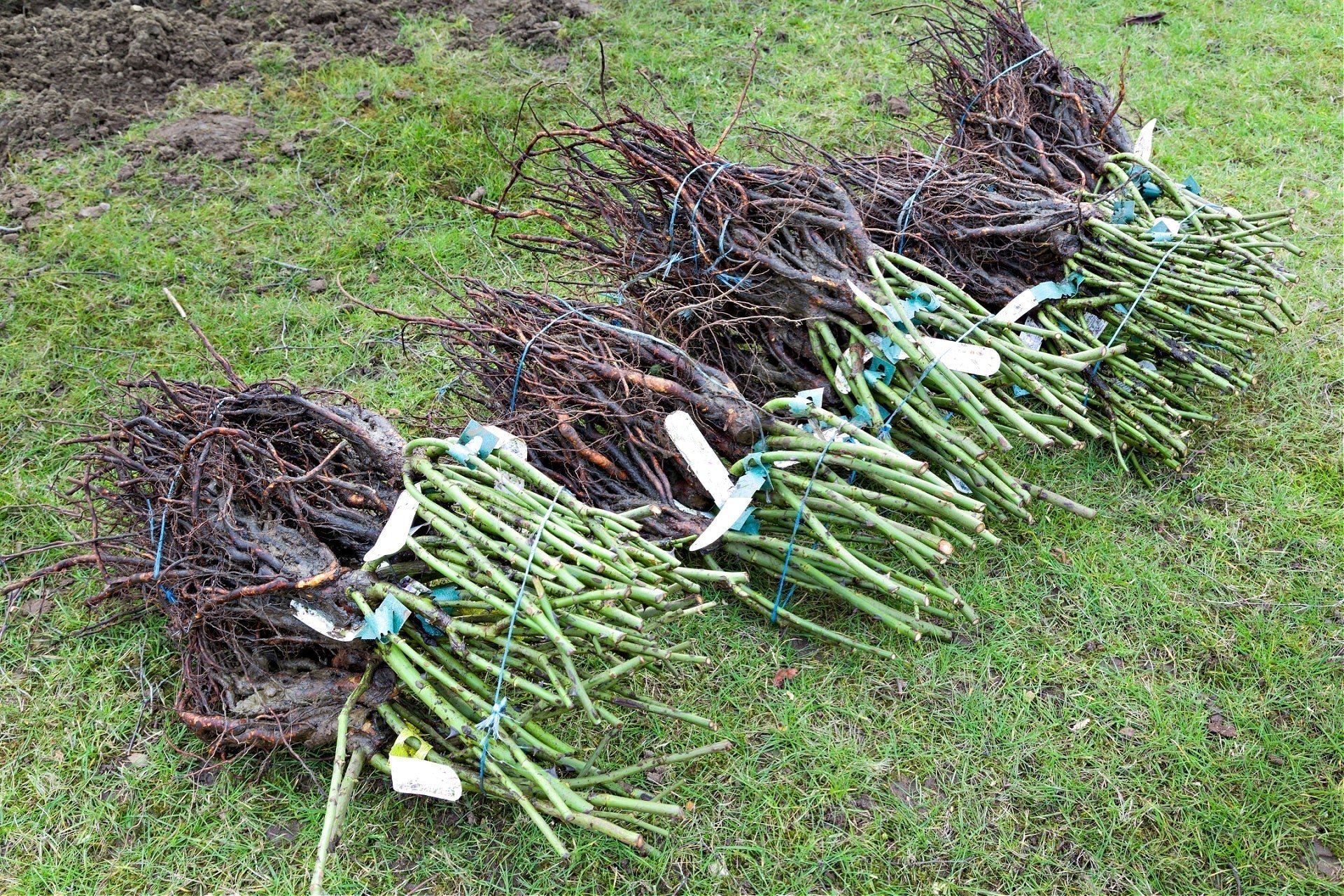
Bare root plants are the best way to plant a landscape that is sustainable yet inexpensive. Some people are a little hesisant to buy bare root plants because they are not sure how to take care of t...
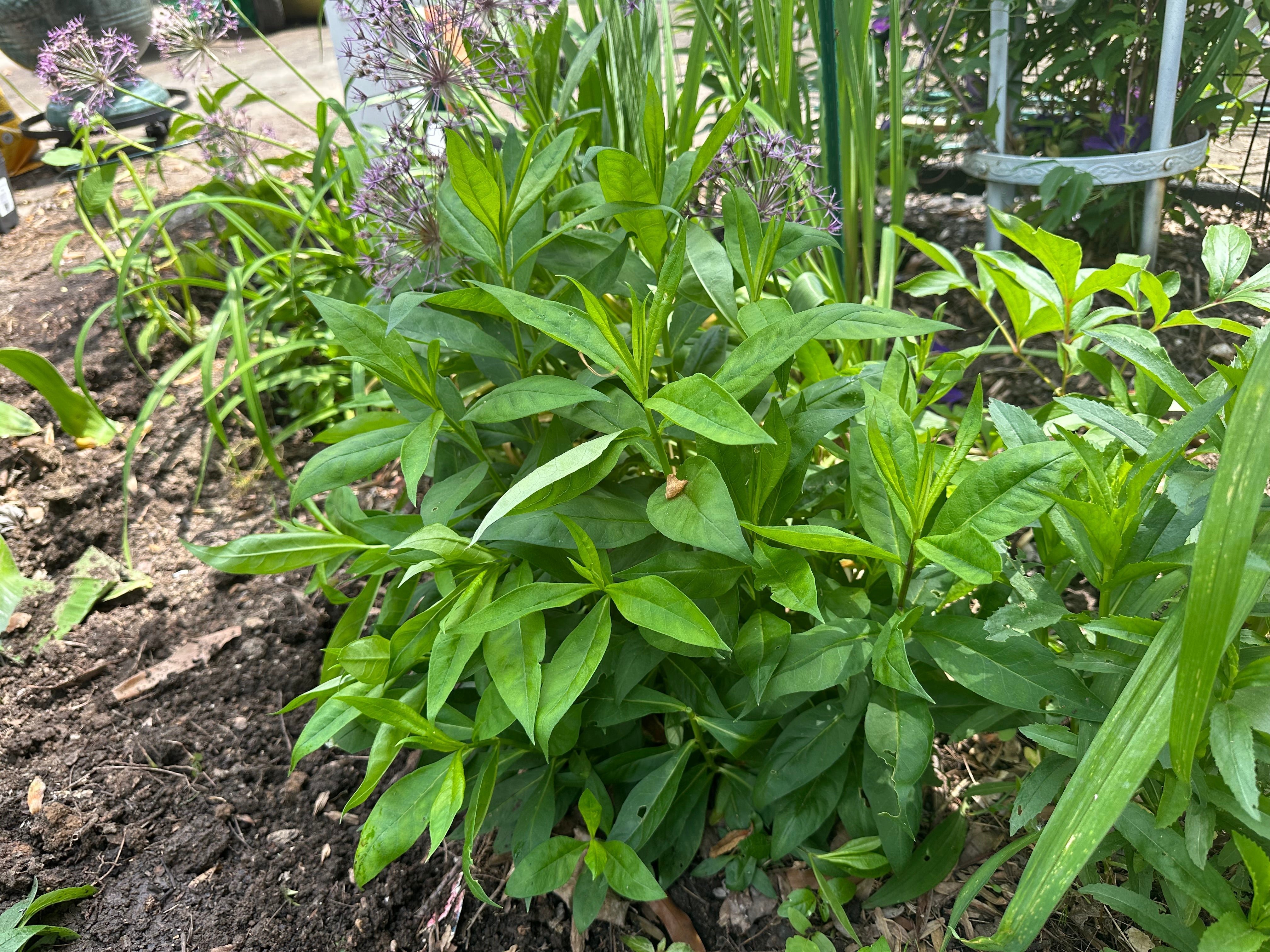
If your yard is shrouded in shade from trees and you’re feeling hopeless about gardening, it’s time to change your mindset! Many believe that a lack of sunlight means no garden, but there are plent...

Pollination is the transfer of pollen (contains male element) from an anther of a plant to the stigma (female element) of a plant, later enabling fertilization and the production of seeds. Pollinat...
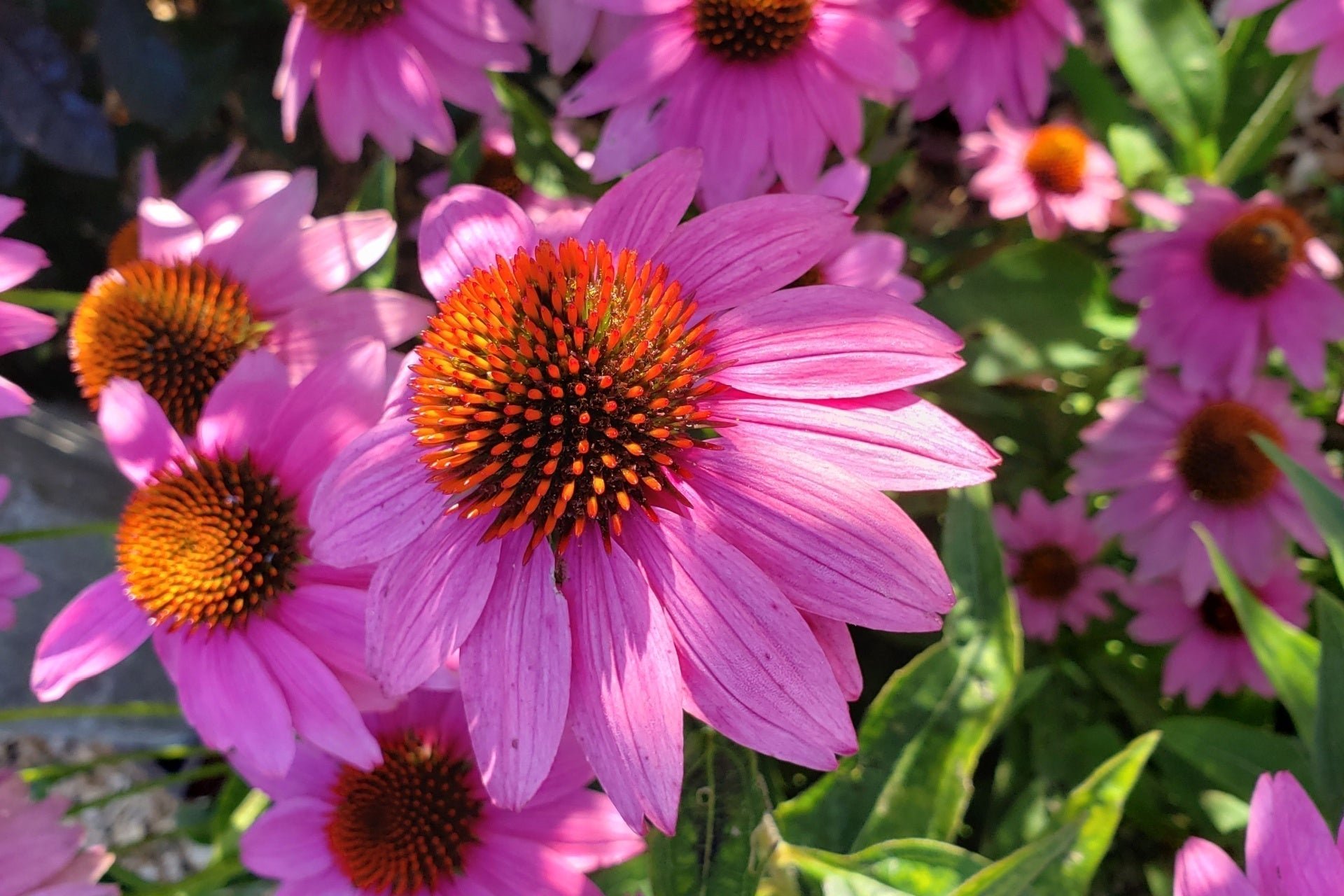
It is no secret that traditional weather patterns are changing amid climate change. It brings more variable and extreme weather, flooding, heat waves, and warmer winters. Where I live, the last thr...

